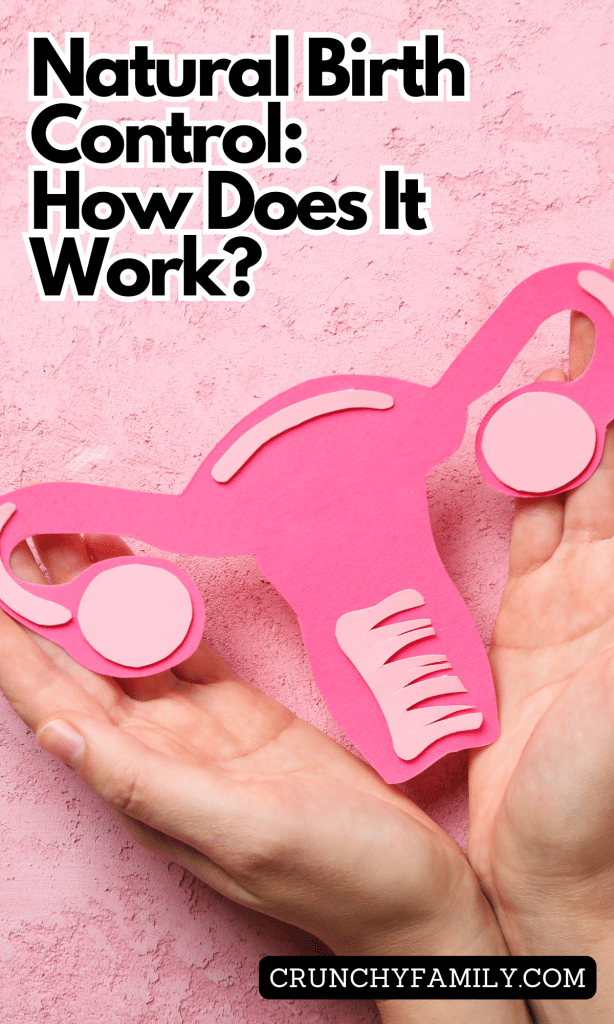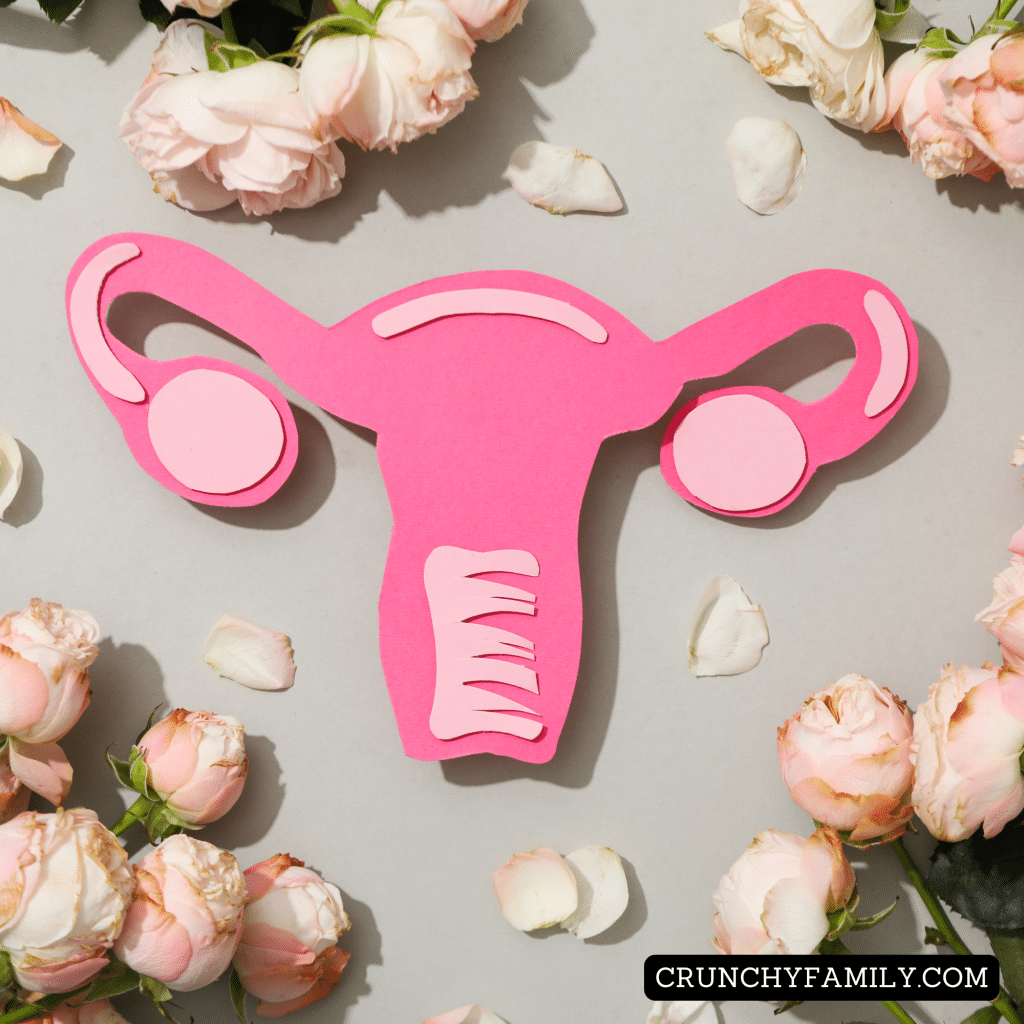For years, I haven’t been on any form of birth control; instead, I’ve been diligently tracking my cycle to catch those special days. Now, more than ever, I’m using these natural methods to pinpoint the best times for a little baby dancing. If you’re curious about natural birth control or simply want to understand your body better, read on!

Understanding Your Cycle
Your menstrual cycle is a fascinating process. It’s not just about your period—there’s a whole lot more going on behind the scenes.
The average cycle is about 28 days, but it can range anywhere from 21 to 35 days and still be considered normal. Here’s a quick rundown of the key phases:
- Menstrual Phase: This is when you get your period. It can last from 3 to 7 days.
- Follicular Phase: Right after your period, your body starts preparing for the next ovulation. This phase can vary greatly in length.
- Ovulation: This is the star of the show! Typically around day 14 of a 28-day cycle, an egg is released from your ovary.
- Luteal Phase: This is the post-ovulation phase. If the egg isn’t fertilized, your body prepares to start the cycle over again.
Natural Birth Control Methods
Let’s dive into the natural methods that can help you understand your cycle and figure out your fertile window.

1. Basal Body Temperature (BBT)
Tracking your BBT involves taking your temperature every morning before you get out of bed. Right after ovulation, you’ll notice a slight increase in your temperature due to the hormone progesterone. By charting these temperatures over time, you can identify your ovulation pattern.
2. Cervical Mucus
Your cervical mucus changes throughout your cycle. Right after your period, you might notice dry or no mucus. As you approach ovulation, it becomes clearer, stretchier, and more like egg whites. This is your body’s way of making it easier for sperm to swim and meet the egg.
3. Calendar Method
Also known as the rhythm method, this involves tracking the length of your cycles on a calendar. By identifying the pattern of your cycle lengths over several months, you can predict when you’ll ovulate.
4. Ovulation Predictor Kits (OPKs)
These kits test your urine for the surge in luteinizing hormone (LH) that occurs right before ovulation. When the test is positive, it’s a strong indicator that you’re about to ovulate within the next 12 to 36 hours.

5. Fertility Awareness Apps
There are several apps available that help you track your cycle, BBT, and other symptoms. These apps use algorithms to predict your fertile window, making it easier to know when you’re ovulating.
With all this information, you can better predict your fertile window and know the best days to baby dance!
Typically, the fertile window is about six days long—the five days leading up to ovulation and the day of ovulation itself.
By using the methods above, you can identify this window and increase your chances of conception.
Natural birth control methods aren’t just about preventing pregnancy—they’re also about understanding and embracing your body’s natural rhythms.

Whether you’re TTC or just want to become more in tune with your cycle, these methods can provide valuable insights.
More related reads:
- What Does TTC Mean in Pregnancy? Rediscovering the Journey!
- Feeling Extra Frisky Lately? Here Is Why
- How to Track Ovulation With Irregular Periods
- Is It Normal To Feel Cramps During Ovulation?
- 8 Natural Ways To Know You Are Ovulating
- Boost Your Immune System Naturally
- 23 Fun Activities for Pregnant Couples